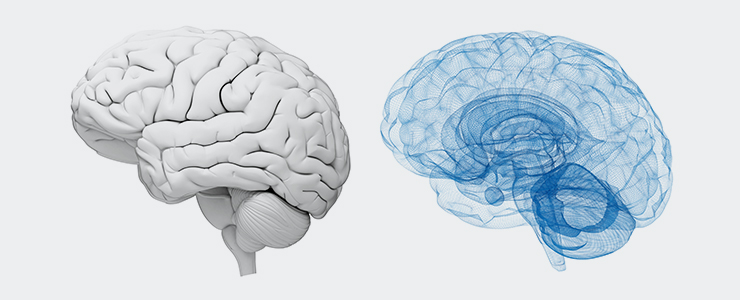Development of next generation AI by modeling brain information


- 1.1 Mathematics
- 1.2 Data science
- 1.3 Artificial intelligence fundamentals
- 1.4 Cognitive science
- 1.5 Neuroscience
- 1.6 Complex system
- 2.1 Computing
- 2.5 High reliability
- 2.6 Bio integration
- 2.8 Physical measurement
- 3.2 Mathematical and physical sciences
- 3.3 Engineering
- 3.5 Biology
- 3.7 Medicine, dentistry and pharmacy
- 3.8 Informatics
Kenichi Ohki
Institute for AI and Beyond
Professor
The risks of misrecognition are, in principle, unavoidable in existing image recognition technologies using artificial intelligence (AI). For example, AI is known to falsely recognize a picture that apparently looks like a panda to humans for something completely different when a small amount of noise is added. The recent years have witnessed the remarkable development of AI using deep learning. AI has been increasingly able to recognize objects at performance levels close to those of humans and is expected to be applied to a range of areas. However, such misrecognition errors pose as a fatal drawback that can affect human lives in fields such as autonomous driving and medical image analysis.
In this research, we aim to develop robust and flexible AI preventing misrecognition errors by reproducing in AI the information processing carried out by our brain. The elucidation of how animals, including humans, process visual information may prove useful for eliminating any risks of misrecognition by AI as described above. This means that if we can elucidate the information processing actually performed in the brain and reproduce it in AI, we may be able to develop robust and flexible AI preventing misrecognition, which is unrealizable by the current principle of AI.
To this end, this research aims to comprehensively measure the neural activity of cells in many regions of the cerebral cortex and reproduce the measured brain activity in AI to build such innovative AI.
Related links
Research collaborators
SoftBank
SDGs
Contact
- Institute for AI and Beyond
- Email: info[at]beyondai.jp
※[at]=@







